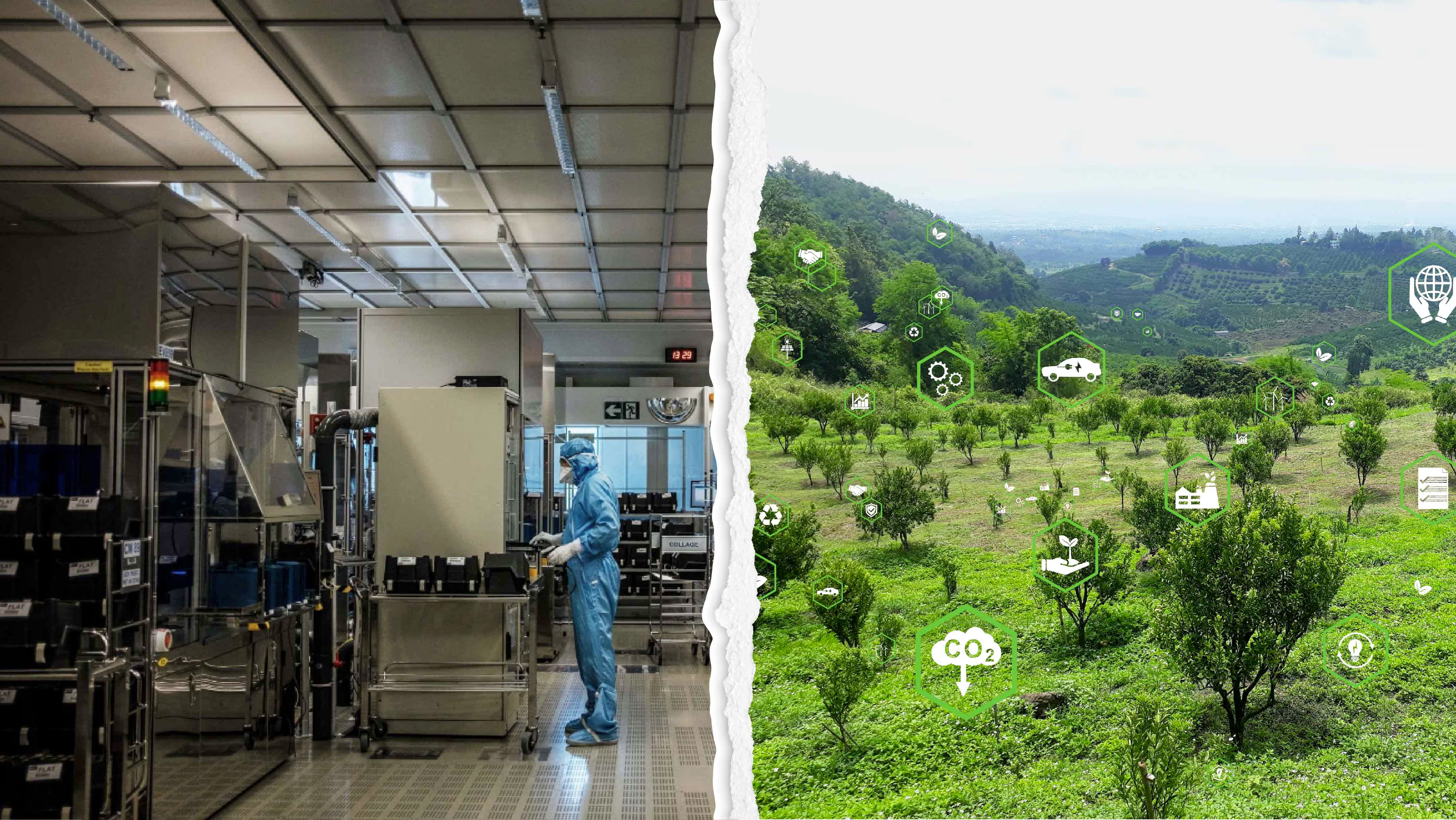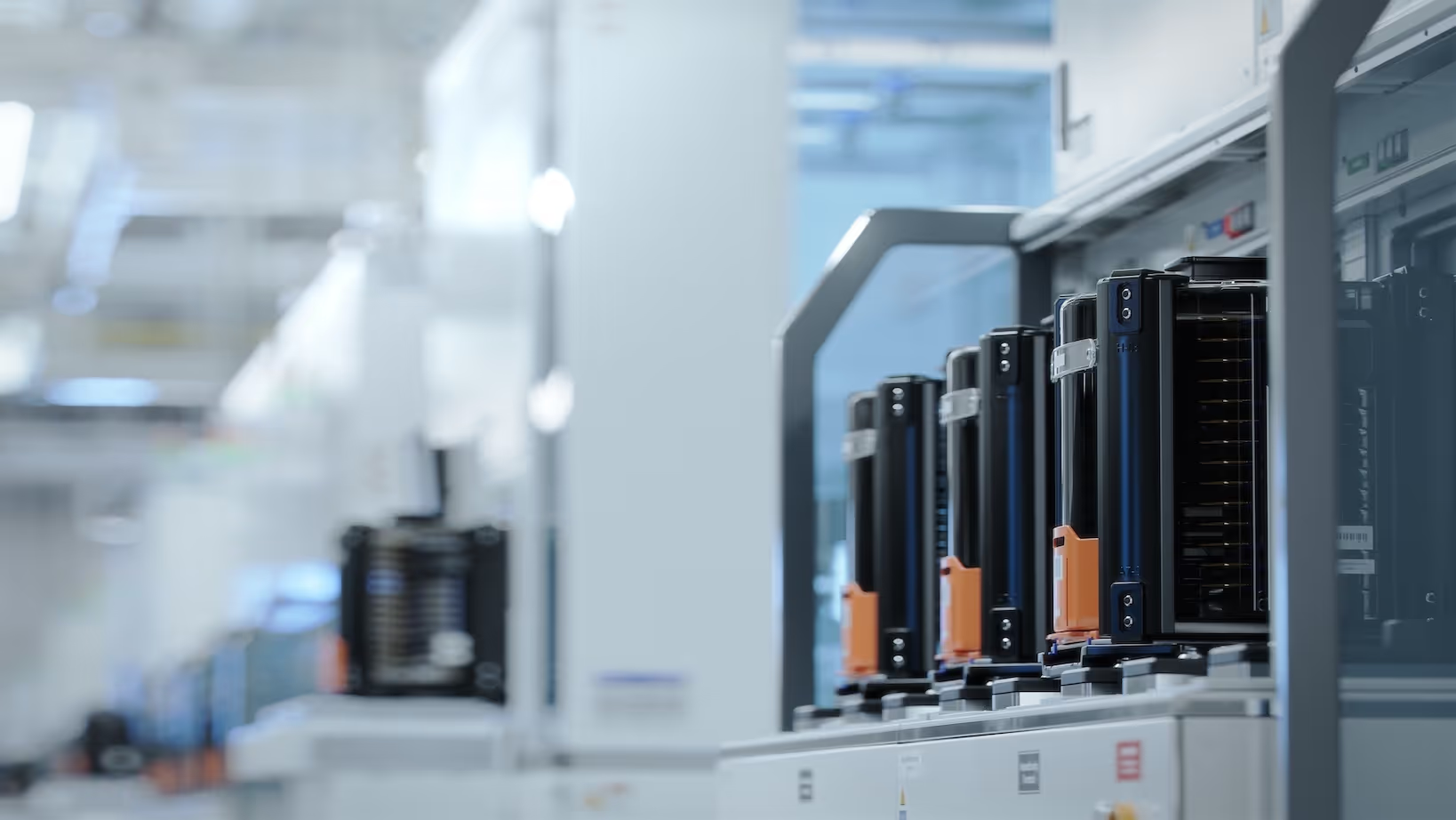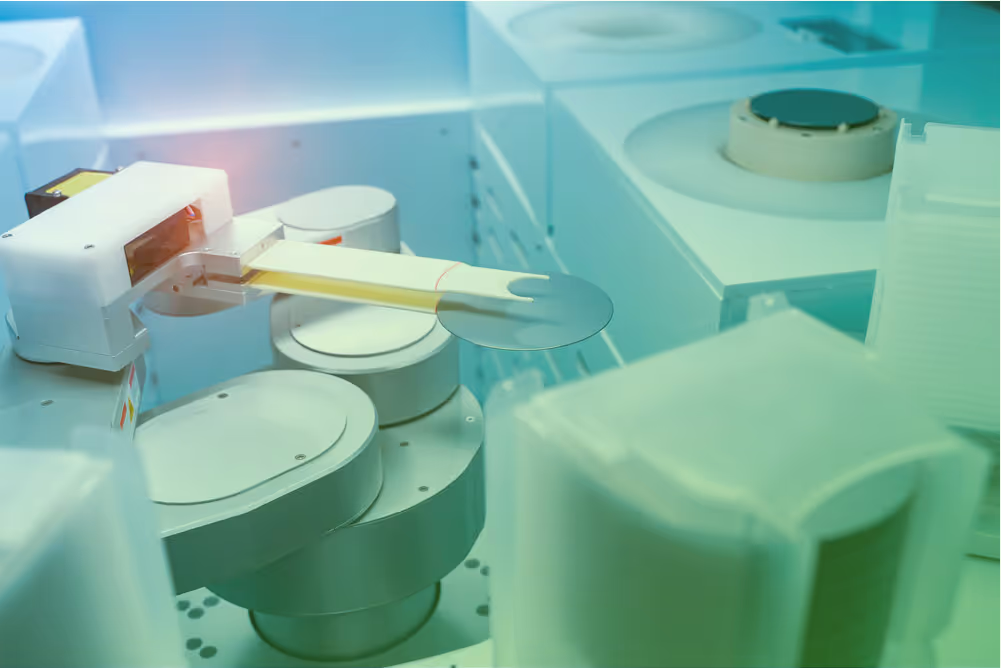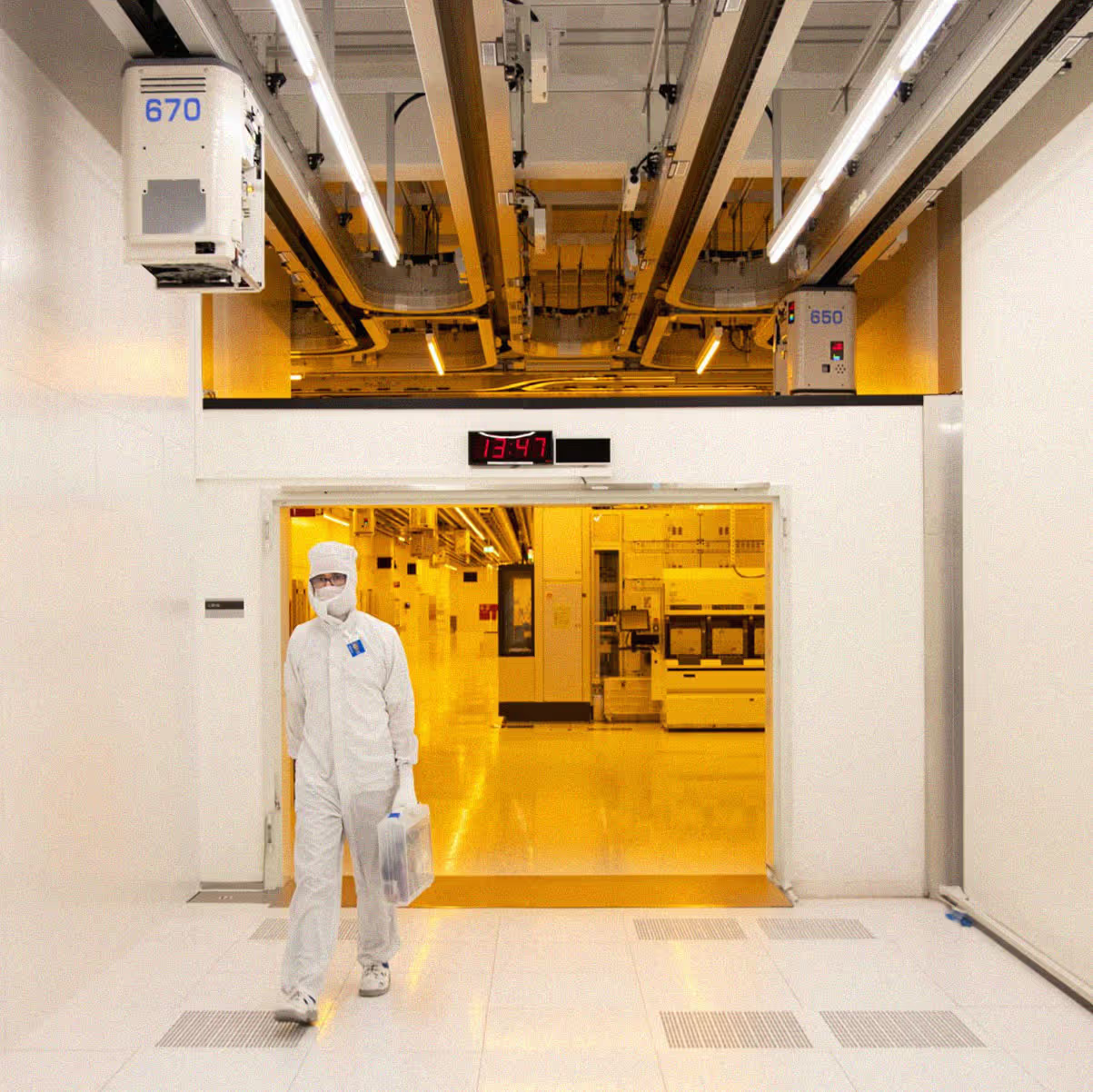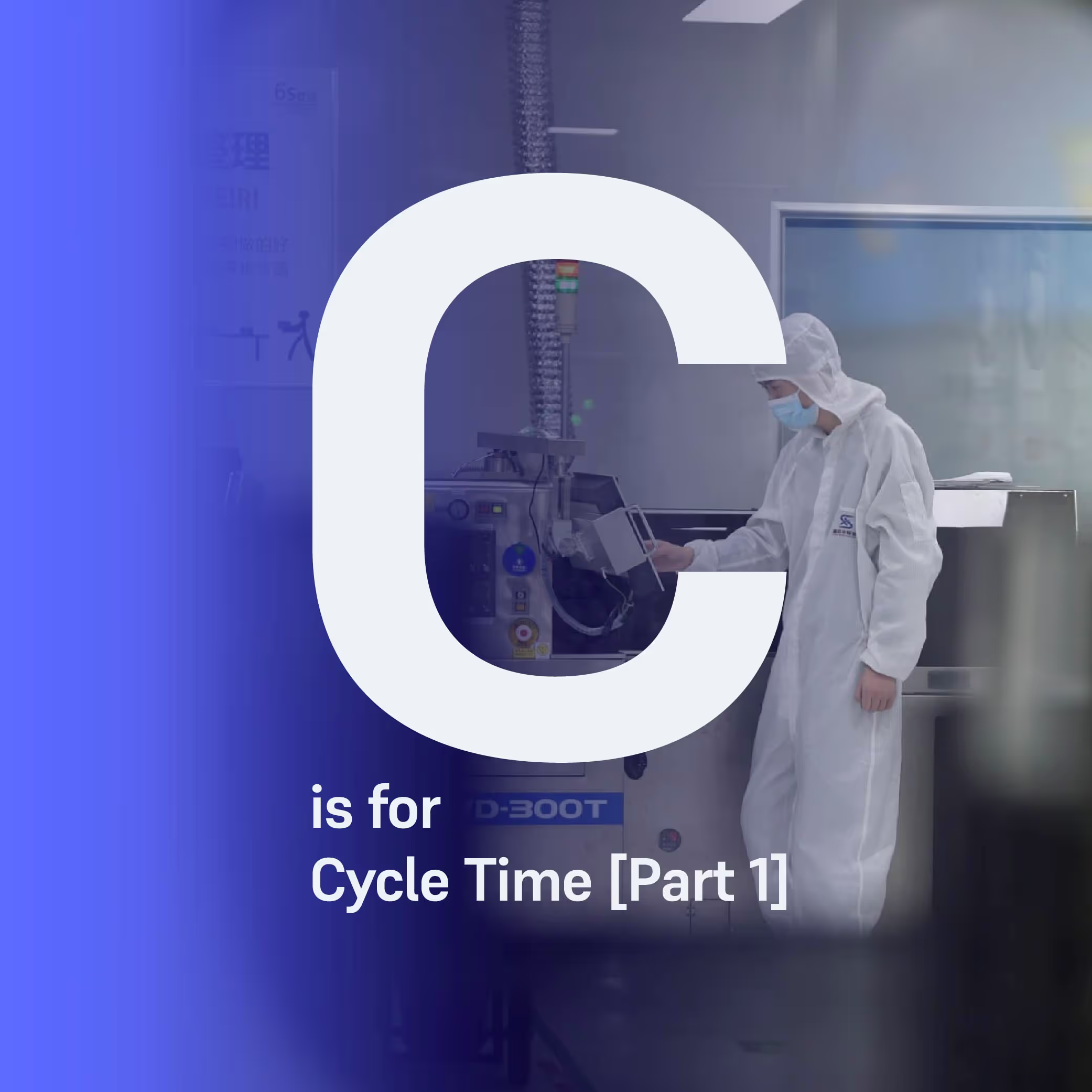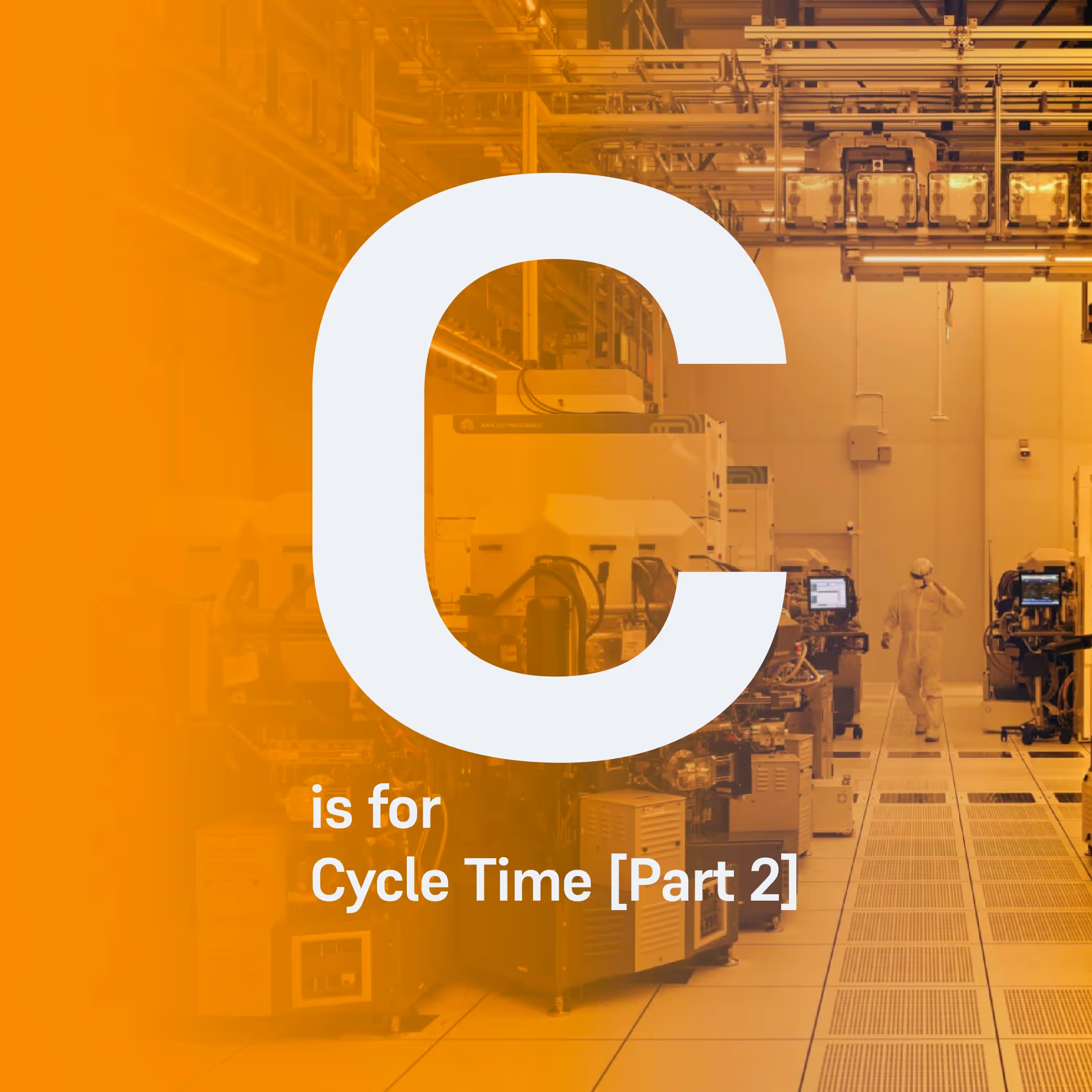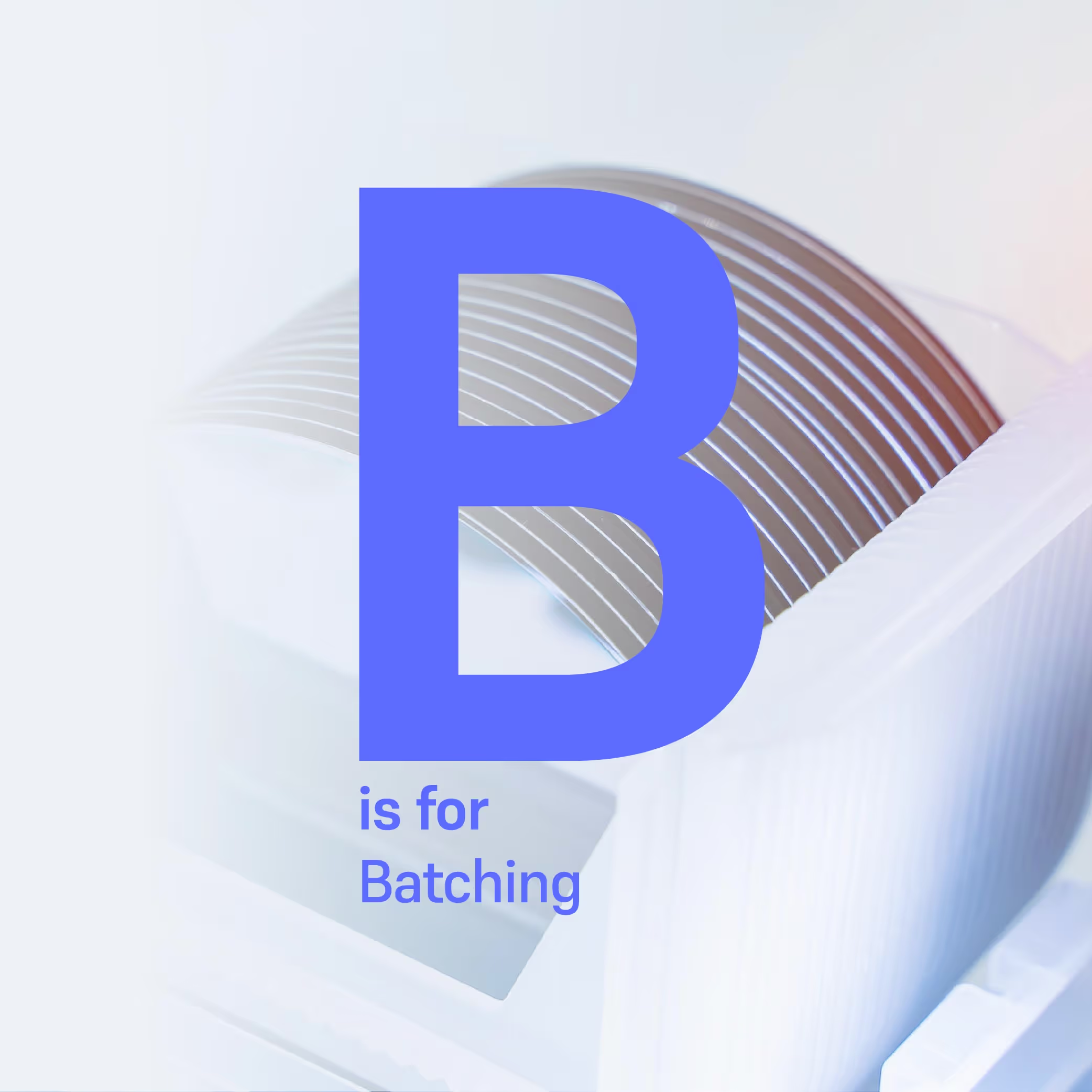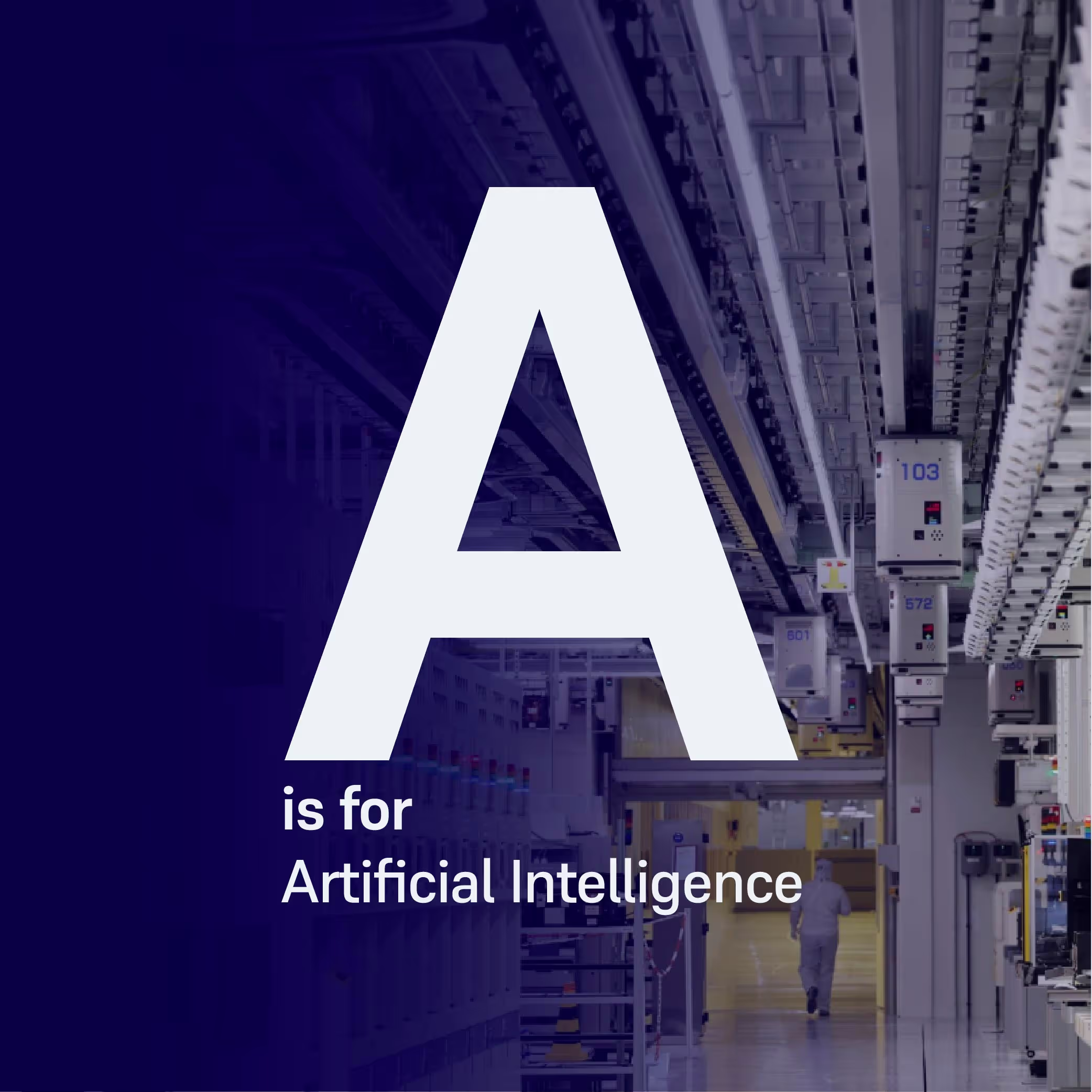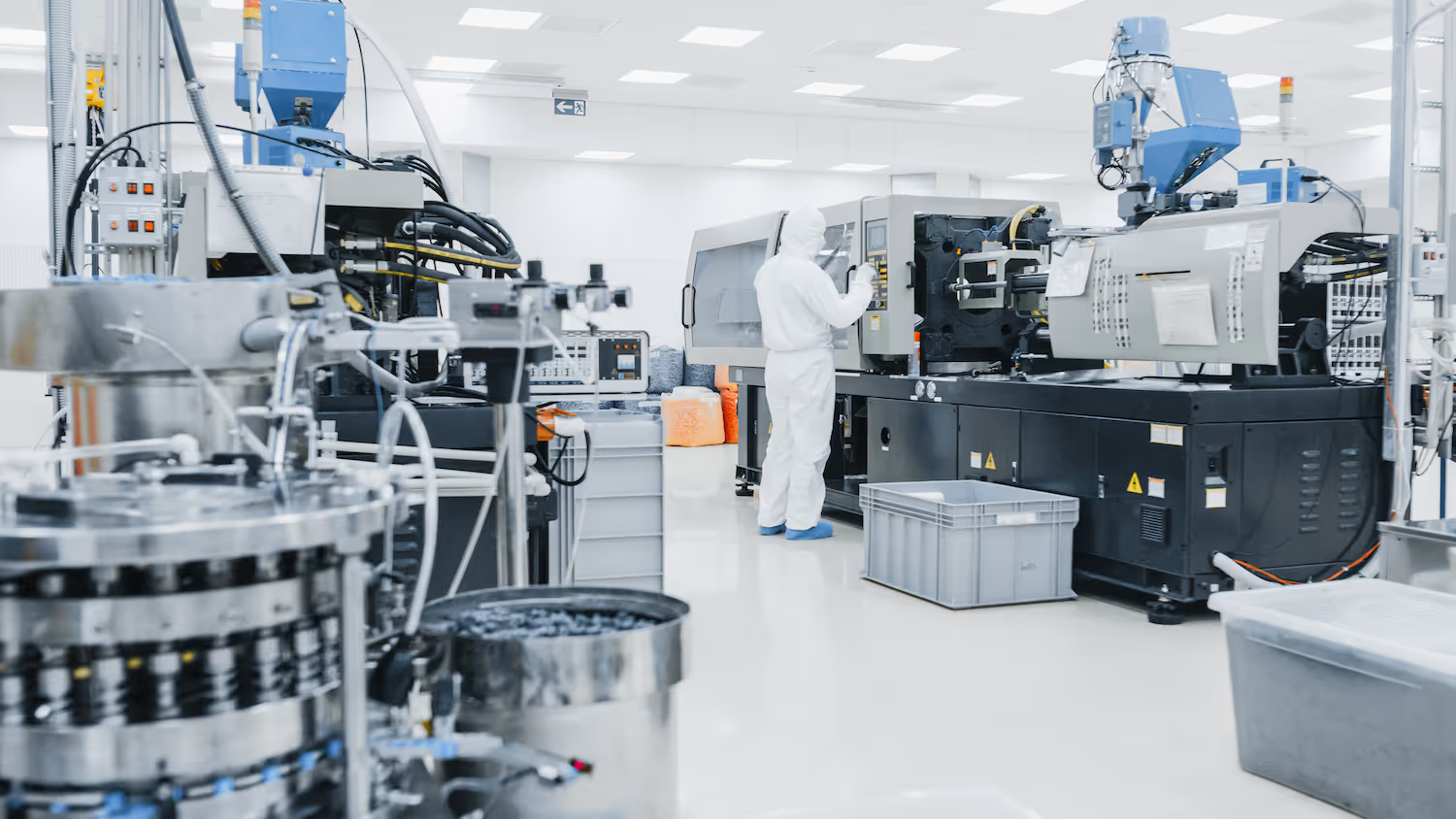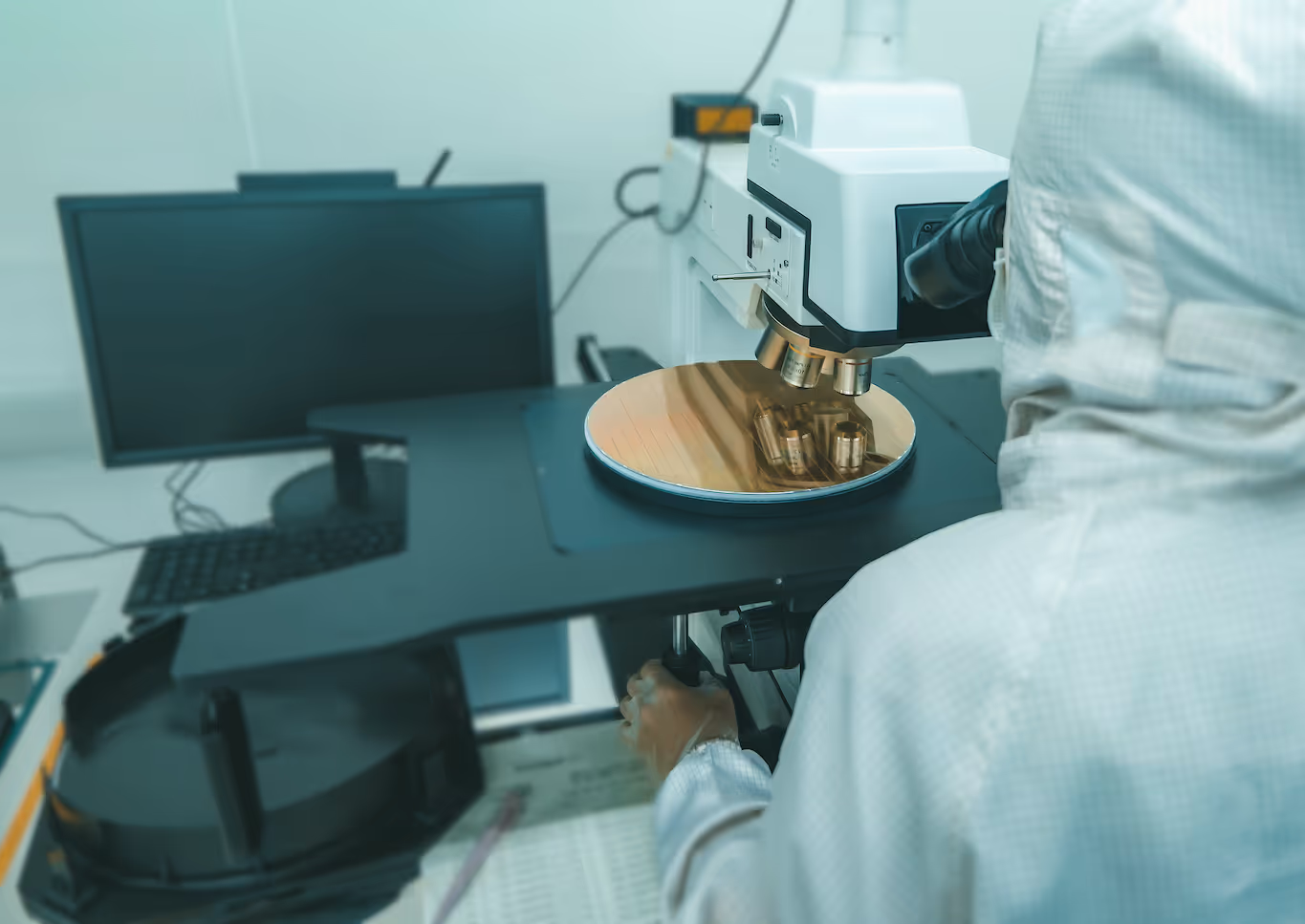Switching to Autonomous Scheduling: What is the Impact on Your Fab?
From guaranteed KPI improvements to reducing fab workload by 50%, this blog introduces some of the benefits of Autonomous Scheduling Technology (AST) and how it contrasts with the scheduling status quo.

In the fast-paced world of semiconductor manufacturing, efficient production scheduling is crucial for chipmakers to maintain competitiveness and profitability. The scheduling methods used in wafer fabs can be classified into two main categories: heuristics and mathematical optimization. Both methods aim to achieve the same goal: to provide the best schedules within their capabilities. However, because they utilize different problem-solving methodologies, the outcome is dramatically different. Simply put, heuristics generates solutions by making decisions based on if-then rules predefined by a human, while optimization algorithms search through billions of possible scenarios to automatically select the most optimal one.
Autonomous Scheduling Technology (AST) features mathematical optimization combined with smart decomposition, allowing the quick delivery of optimal production schedules. Whether you are a fab manager or industrial engineer, the experience and results of applying Autonomous Scheduling in your fab are fundamentally different compared to a heuristic scheduler.
Here's how switching to AST can impact your fab.
Consistent and Superior KPIs Guaranteed
Autonomous Scheduling Technology (AST) evaluates all constraints and variables in the production process simultaneously, ensuring optimal decision-making. Unlike heuristics schedulers, which require ongoing trial and error with if-then rules to solve the problem, AST allows the user to balance trade-offs between high level fab objectives. With its forward-looking capability, it can assess the consequences of scheduling decisions across the entire production horizon and generate schedules that guarantee that the fab's global objectives are met. The tests we have conducted against a heuristic-based scheduler have proven that Autonomous Scheduling delivered superior results. Book a demo to find out more.
Never miss a shipment
One of the most critical aspects of fab operations is meeting On-Time-Delivery deadlines. With AST, schedules are optimized towards specific fab objectives, ensuring that production targets align with business goals. Mark Patton, Director of Manufacturing Seagate Springtown, confirmed that adopting Autonomous Scheduling in his fab allowed him to:
"improve our predictability of delivery by meeting weekly customer commits. With a lengthy cycle time build, this predictability and linearity has been key to enabling the successful delivery and execution of meeting commits consistently."
Reduced workload (by at least 50%)
The reactive nature of heuristic-based schedulers places a significant burden on industrial engineers, who must constantly – and manually – tune rules and adjust parameters. To ensure these systems run optimally, fab managers must dedicate at least one industrial engineer to working full-time on maintaining them. With AST, the workload is significantly reduced due to the system's ability to optimize schedules autonomously (without human intervention). This means there will be no more firefighting when the WIP profile changes. This reduction in labor intensity frees up engineers to engage in value-added activities.
Reduced rework, improved yield
Some areas of a fab are notoriously challenging to optimize. For example, the diffusion and clean area is home to very complex time constraints, also known as timelinks. When timelinks are violated, wafers either require rework or must be scrapped. Either way, it's a considerable cost for a fab. Autonomous Scheduling Technology is highly effective at managing conflicting KPIs with its multi-objective optimization capabilities. AST dynamically adjusts to changes in the fabrication process to consistently eliminate timelink violations whilst maximizing throughput.
Confidence in Balancing Trade-offs
With its ability to look ahead, Autonomous Scheduling Technology can predict the consequences of different trade-off settings. This capability is particularly valuable when balancing competing objectives like throughput and cycle time. Users of legacy schedulers would typically move sliders to adjust the settings and wait a considerable amount of time to assess whether the adjustments generate the desired scheduling behavior. If not, further iterations are required, and the process repeats. In contrast, AST can evaluate billions of potential scenarios and determine the optimal balance between conflicting goals. For example, it can predict the exact impact of prioritizing larger batches over shorter cycle times, allowing fab managers to make informed decisions with confidence. This strategic foresight ensures that the best possible trade-offs are made, optimizing the whole fab to meet overarching objectives.
Conclusion
In an industry where efficiency and precision are paramount, Autonomous Scheduling Technology provides a distinct competitive advantage. It equips fabs with the tools to consistently outperform legacy systems, streamline operations, and ultimately drive greater profitability. By investing today in upgrading their legacy scheduling systems to Autonomous Scheduling Technology, wafer fabs are not only optimizing their current operations but also taking an important step toward the autonomous fab of the future.
Now available to download: our new Autonomous Scheduling Technology White Paper
We have just released a new White Paper on Autonomous Scheduling Technology (AST) with insights into the latest advancements and benefits.
Click here to read it.
More resources
Stay up to date with our latest publications.

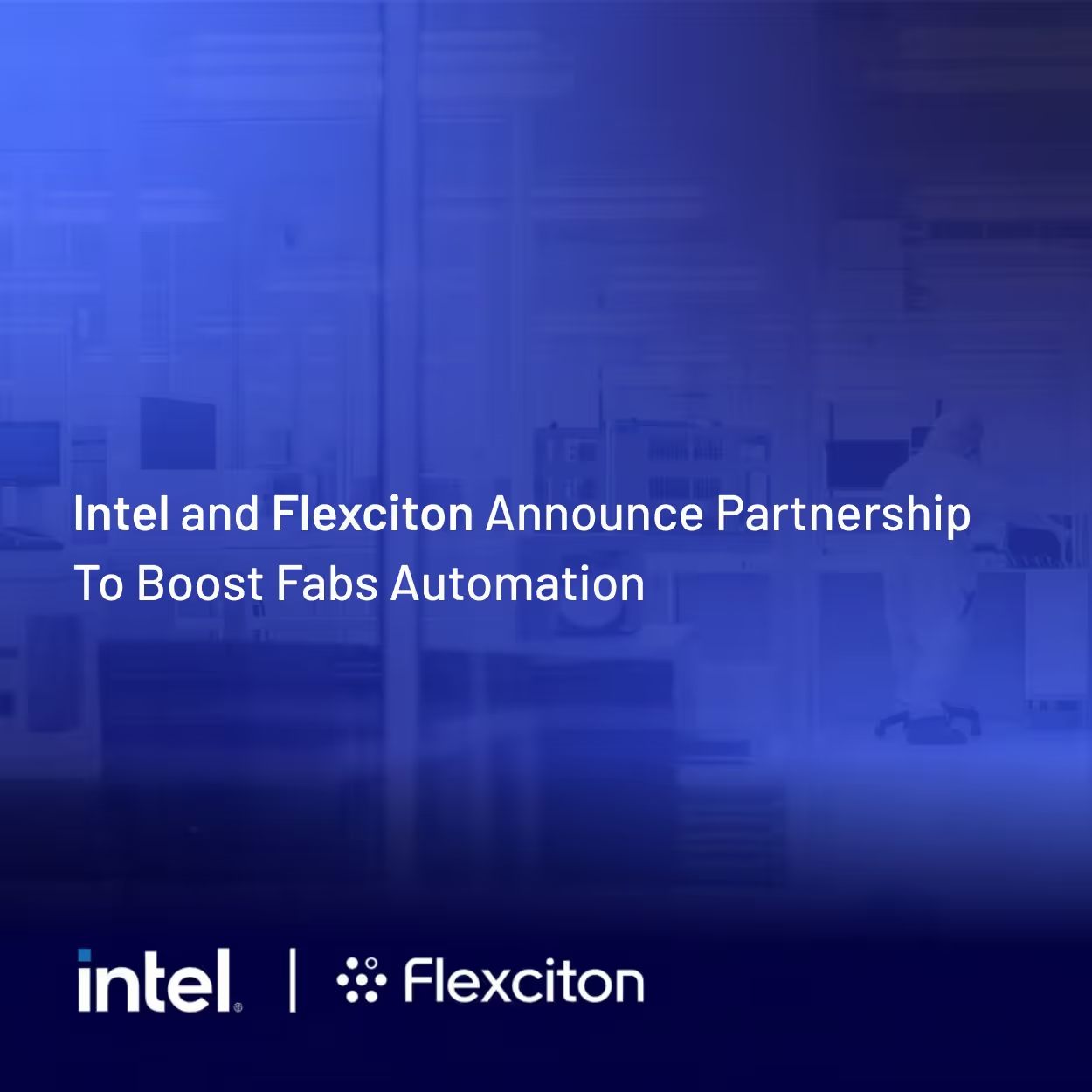



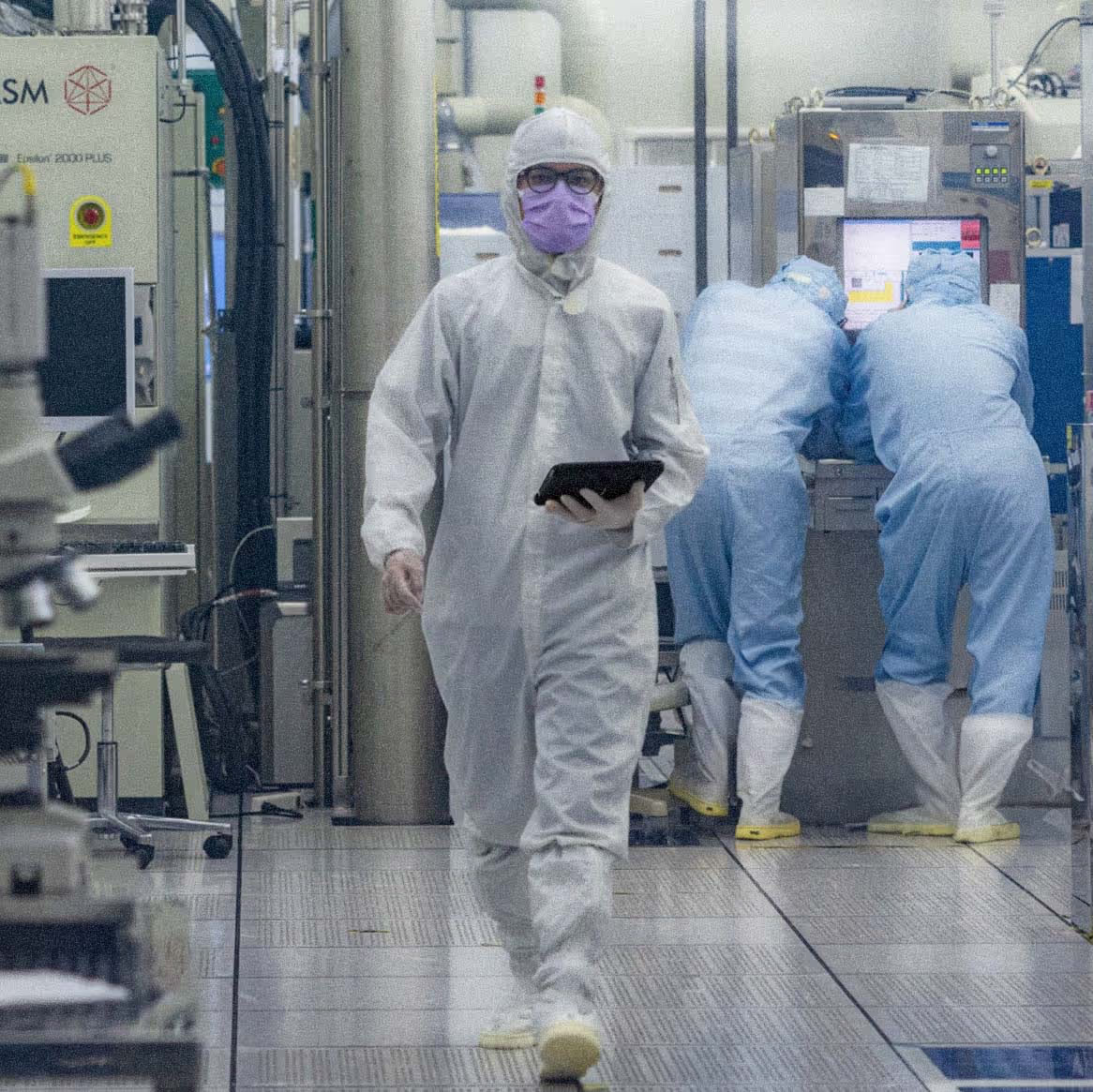

.avif)
.avif)




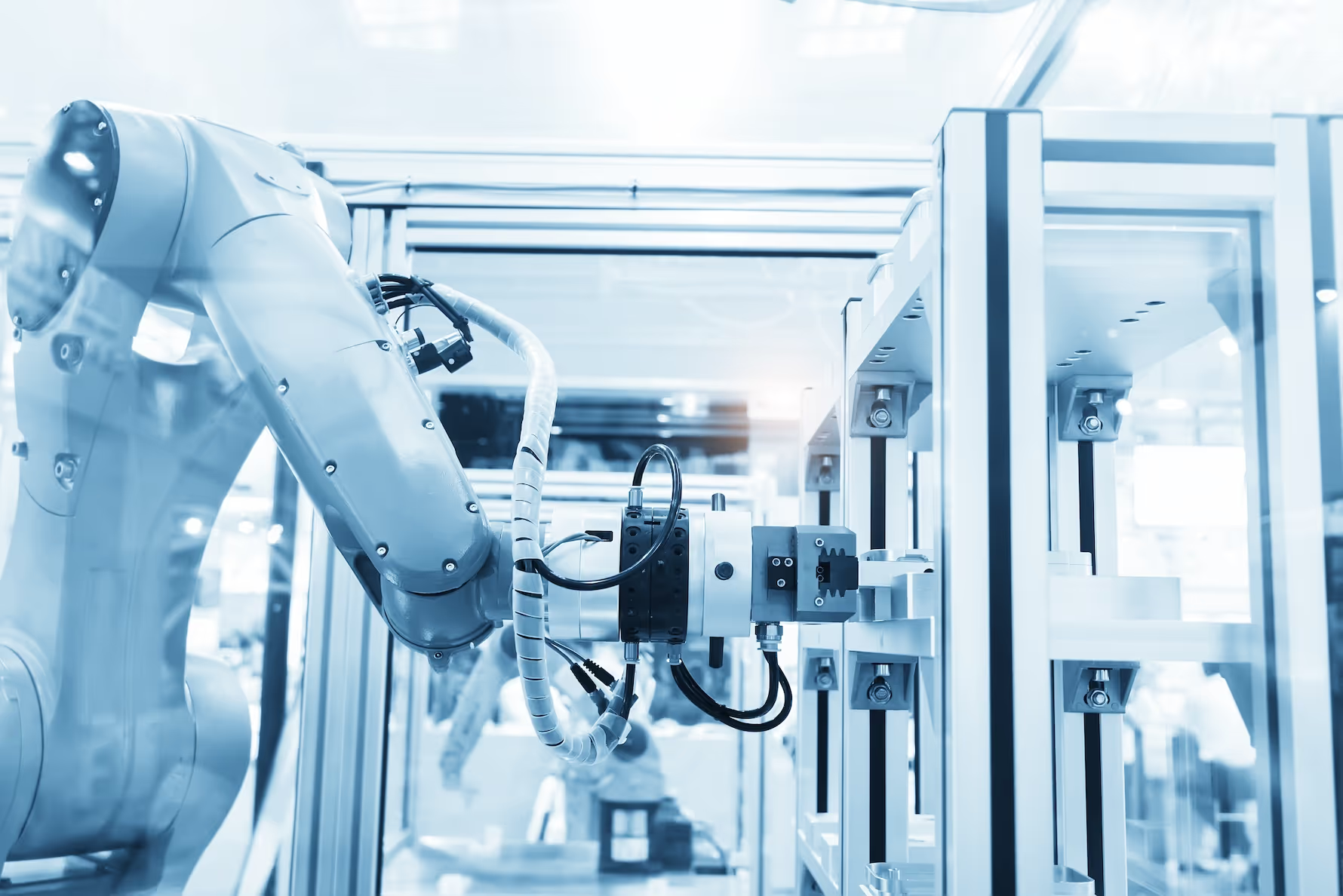











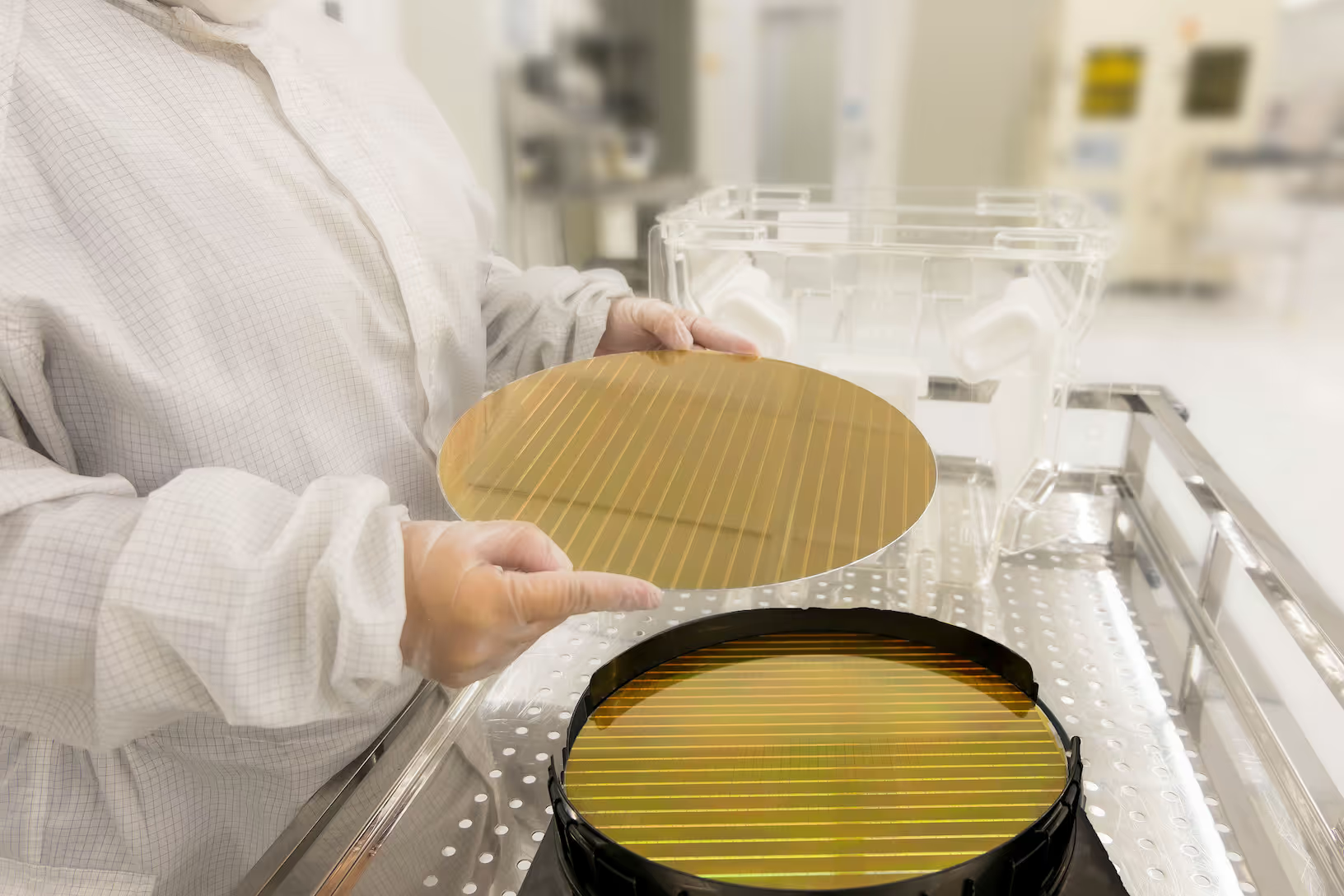

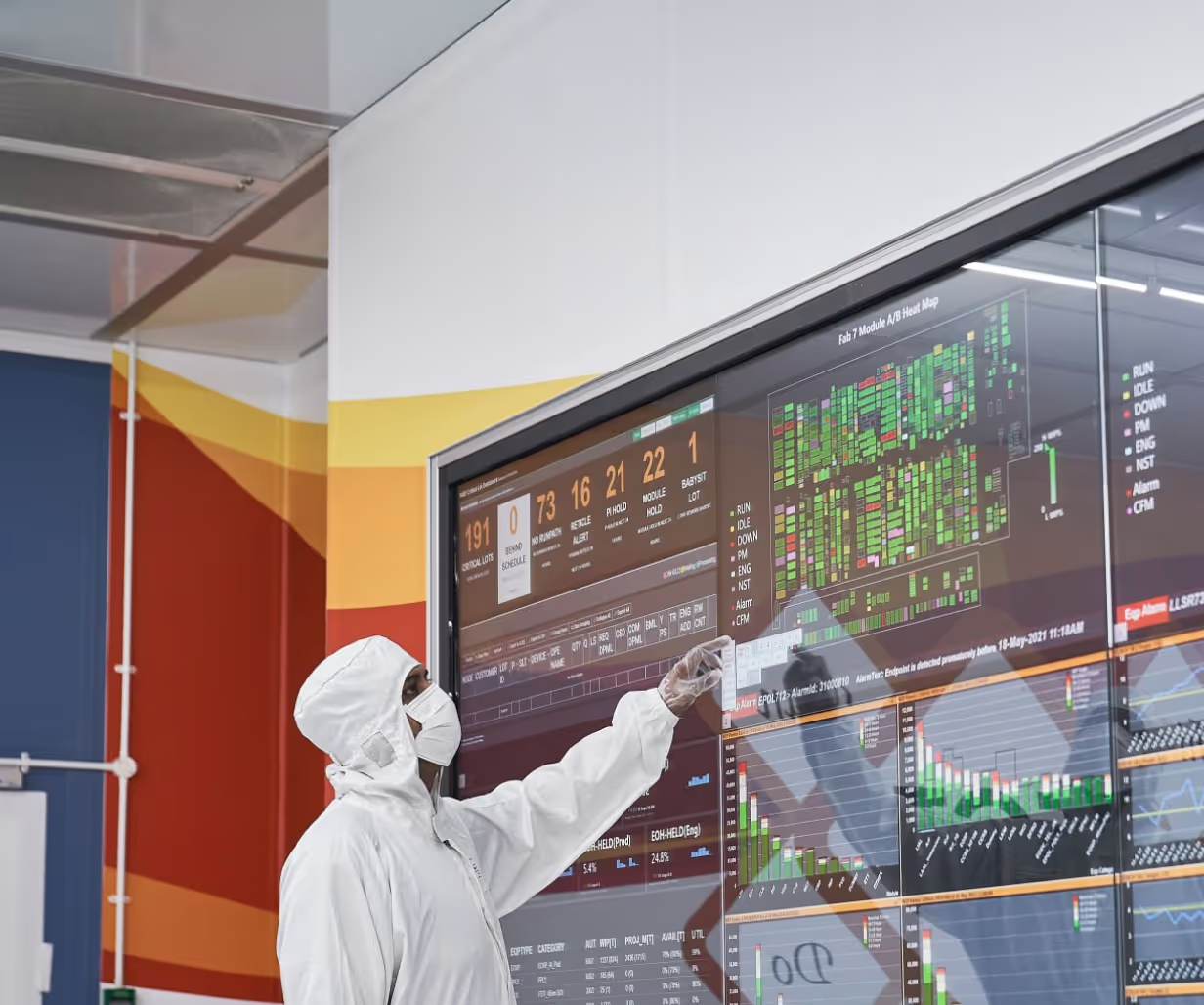


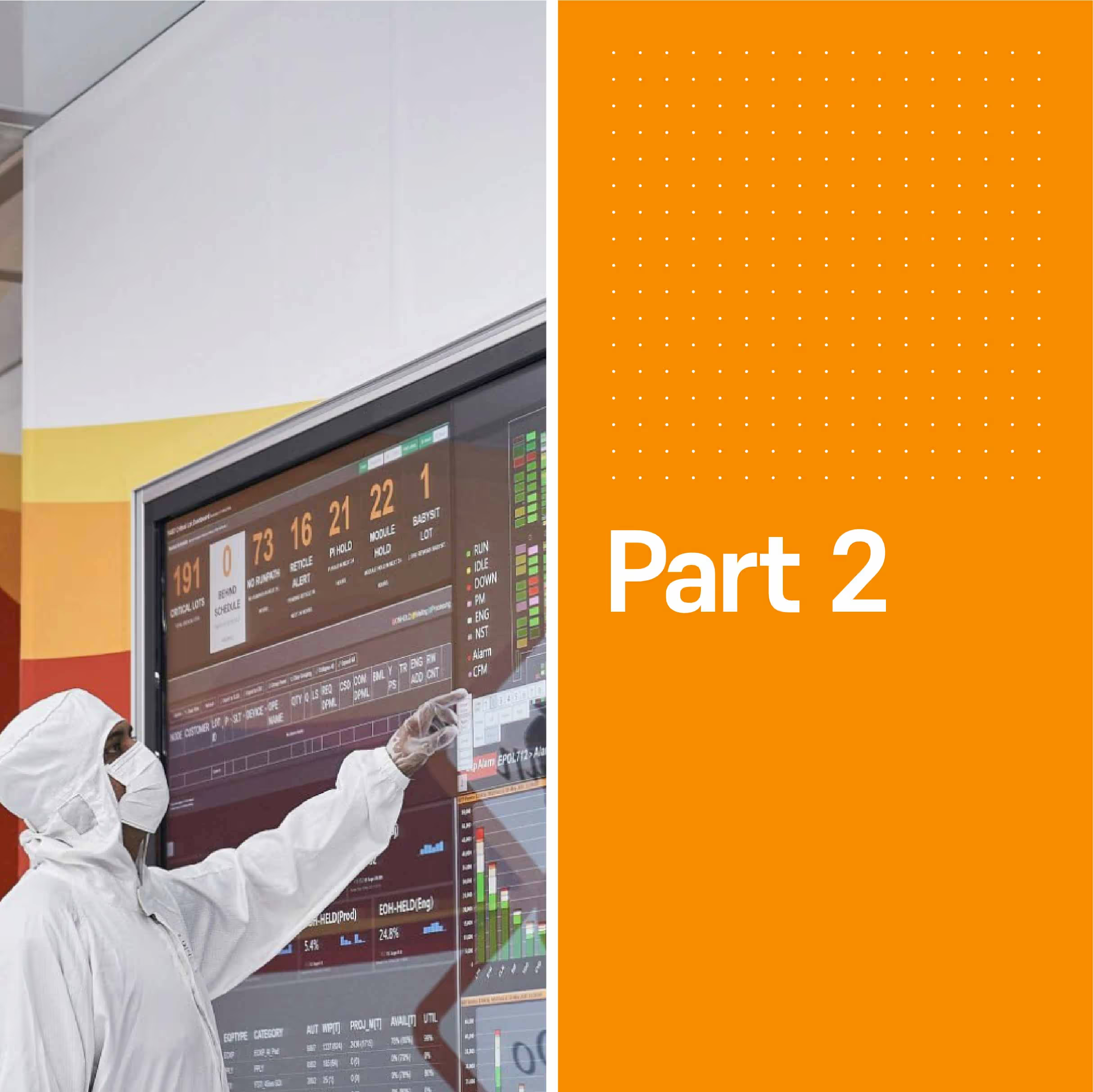

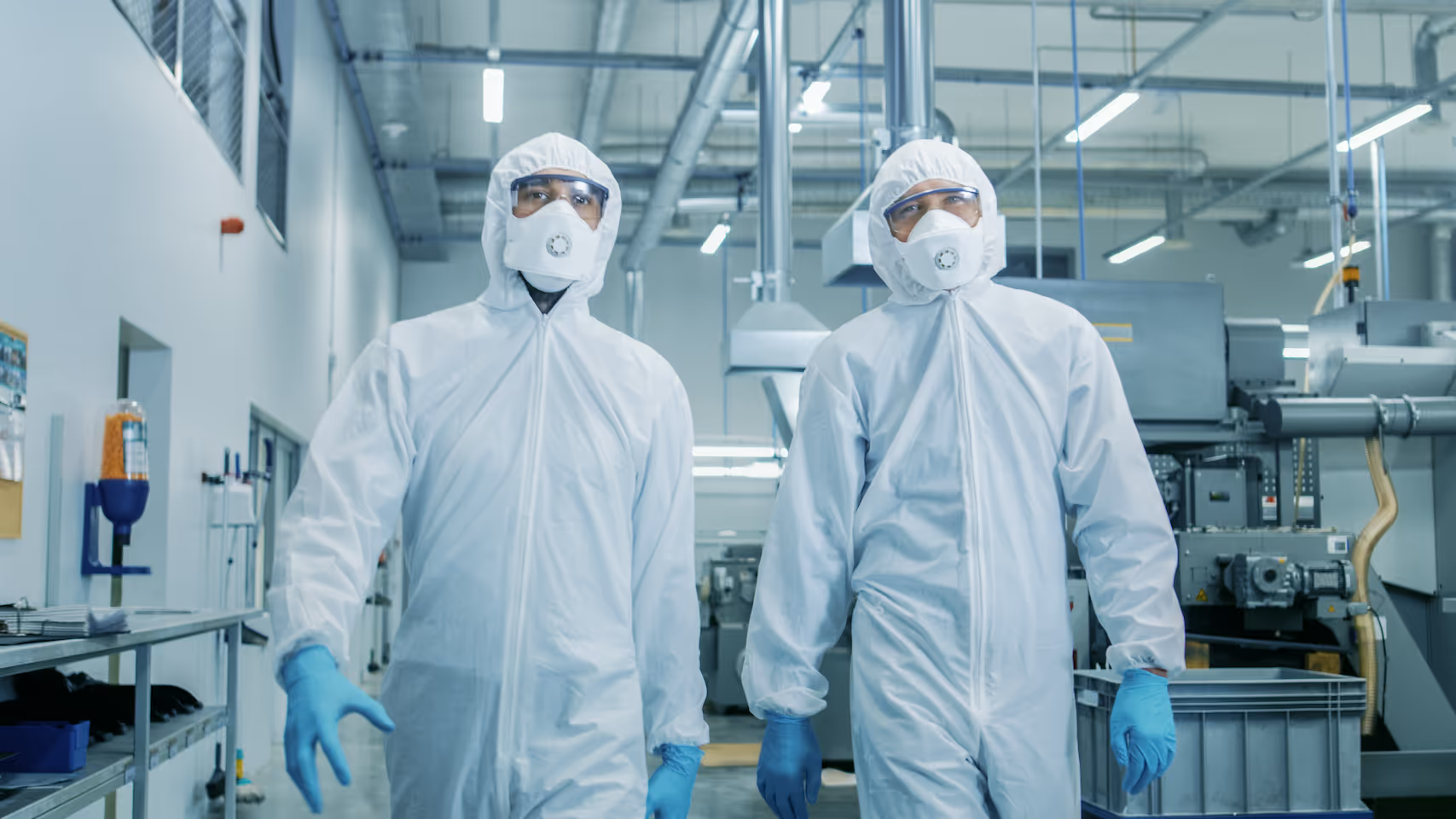

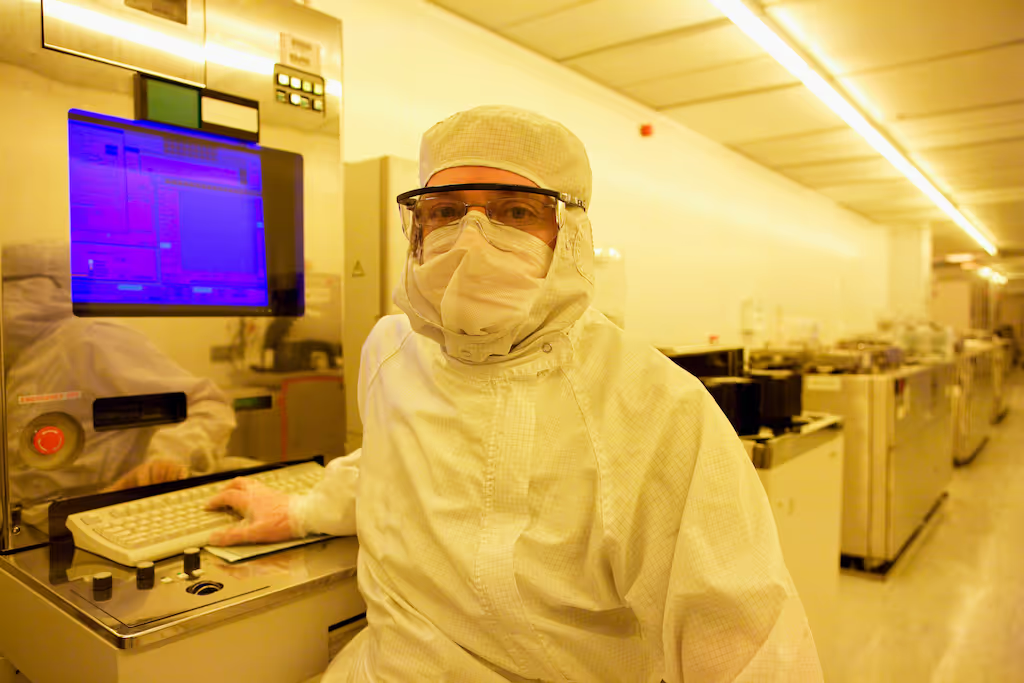
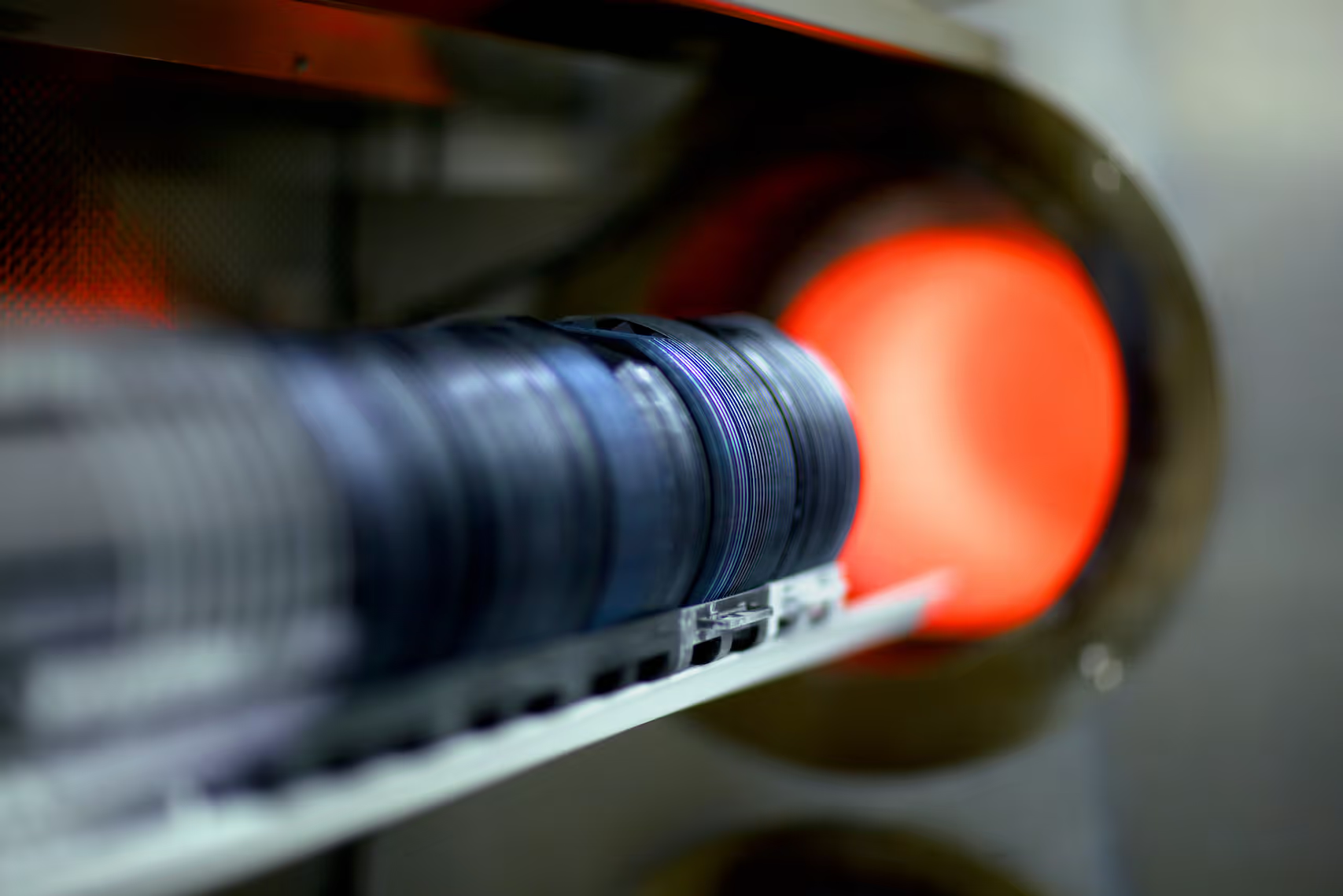
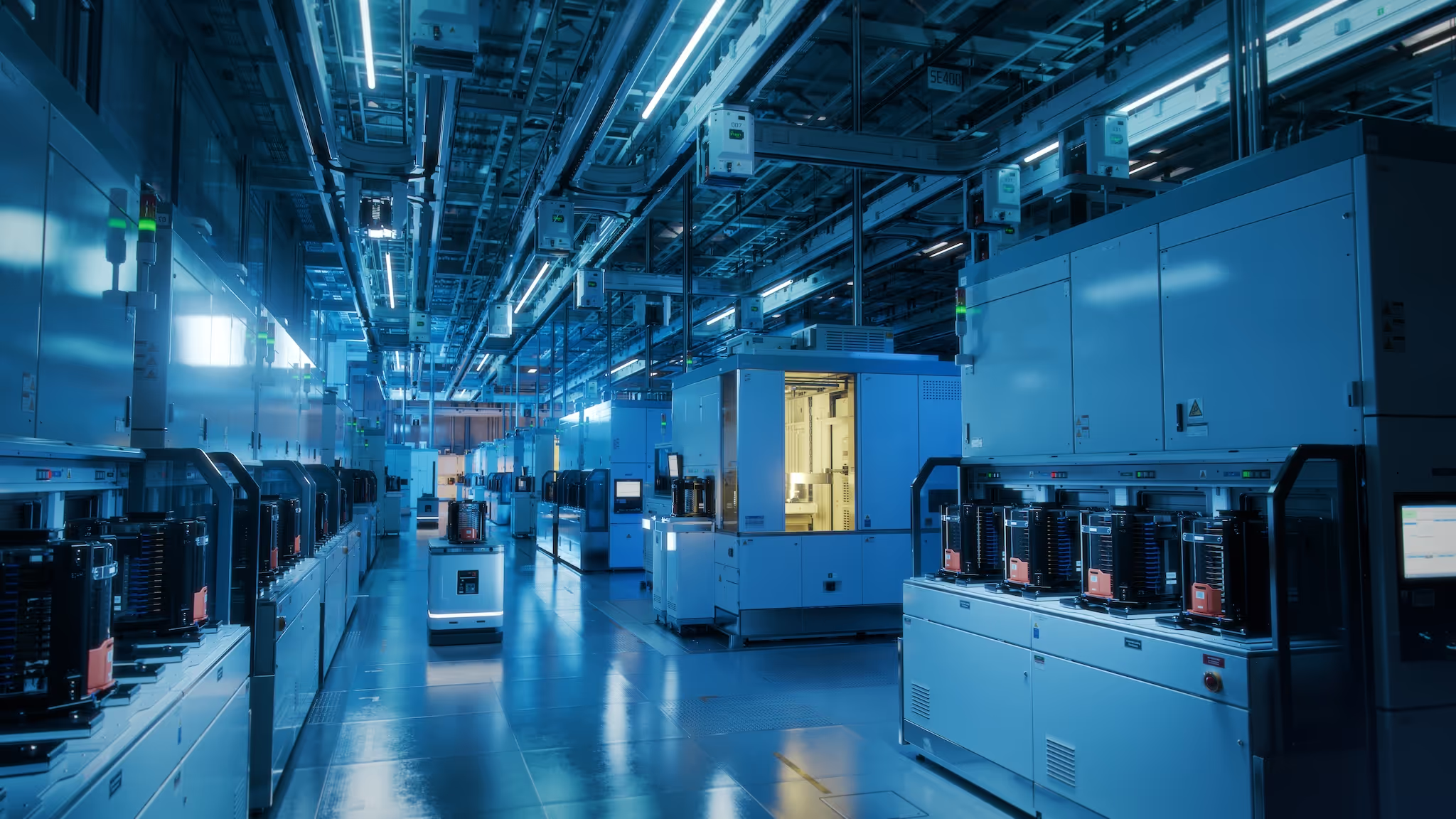

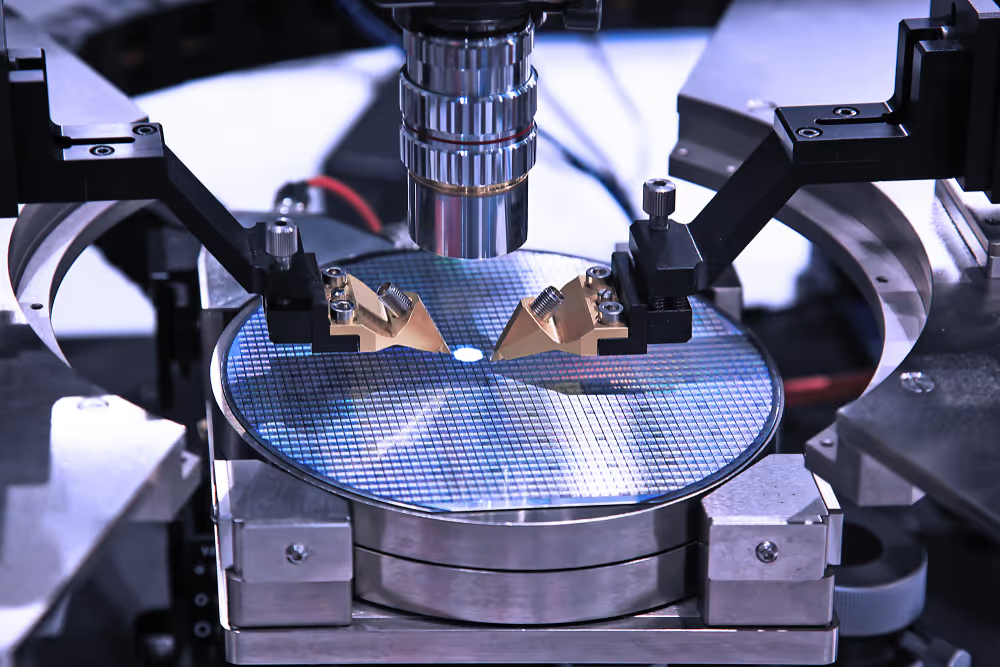
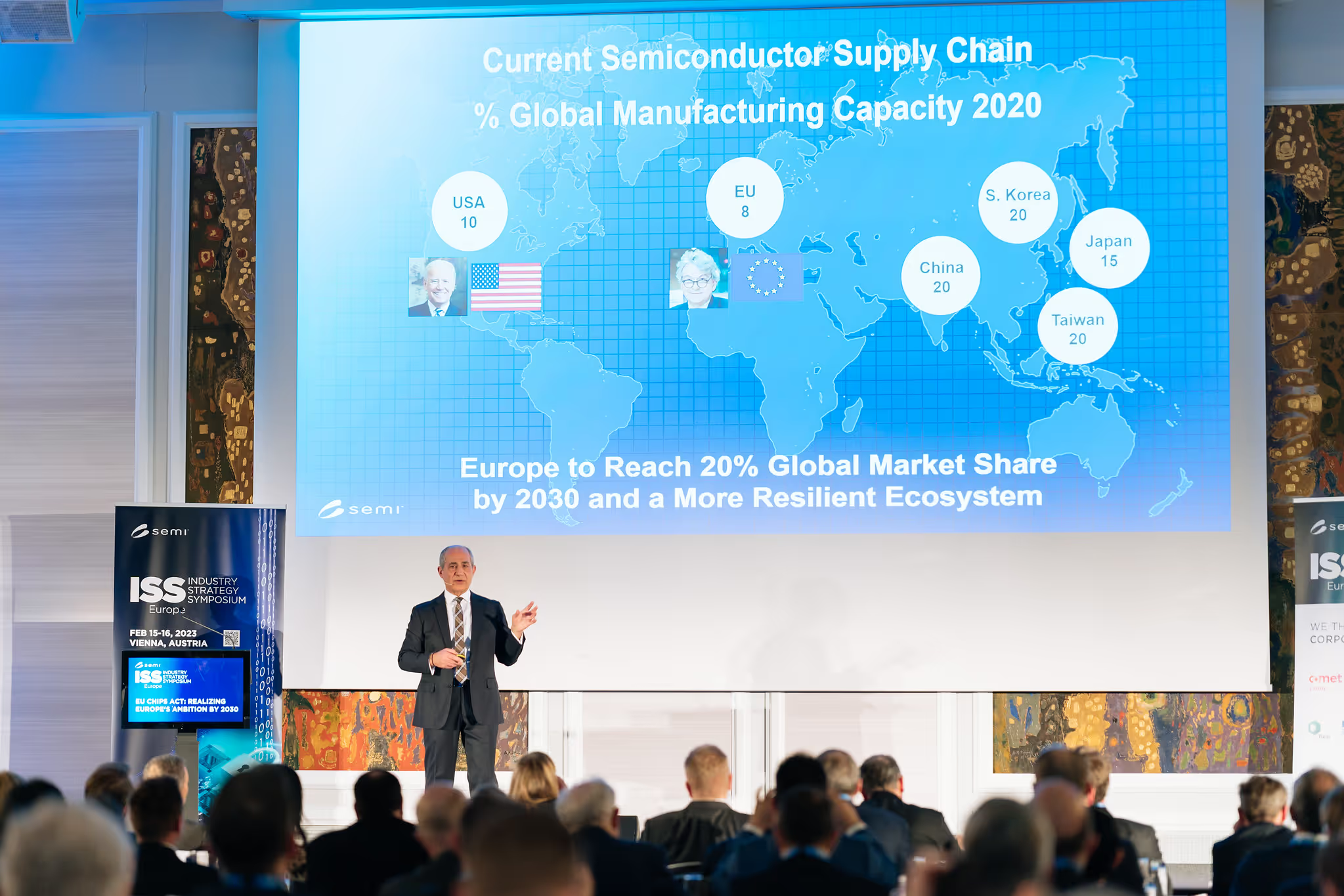
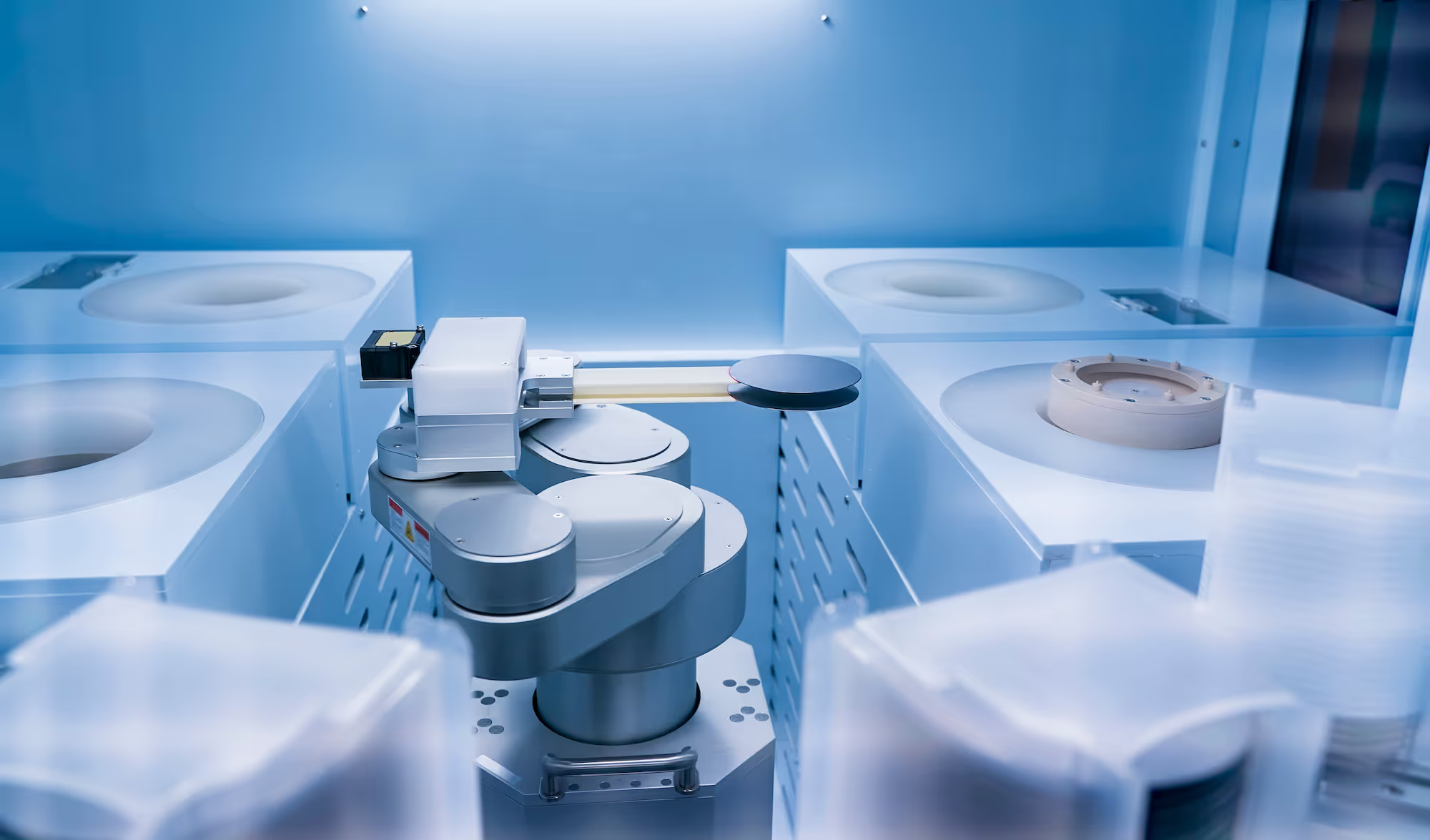
.avif)
